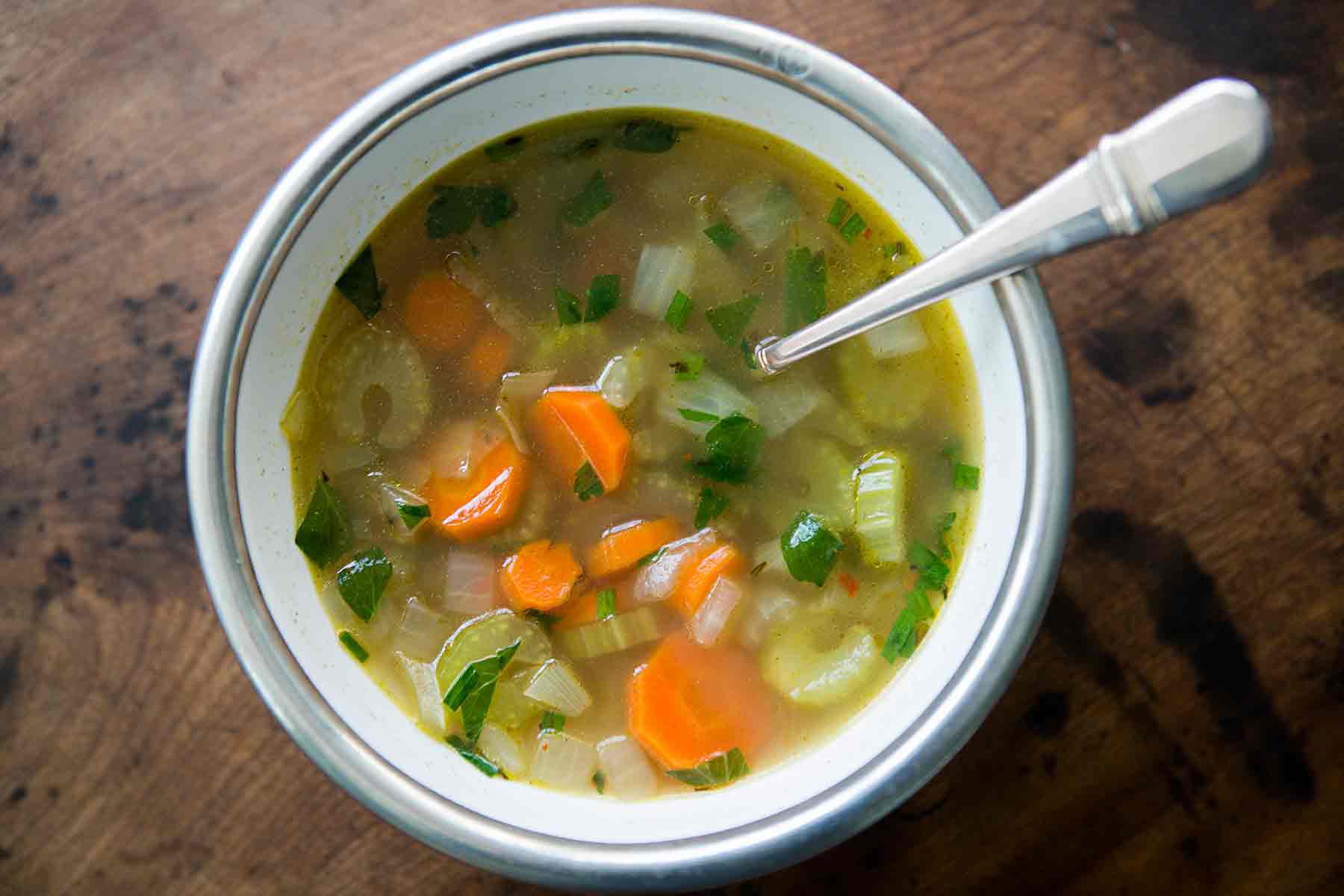Our bodies need some fat for optimal functioning. For example, fats are crucial for the making of our sex hormones, which is why fertility can be impaired in women who have very low body fat. But we need the right kinds of fat, and we need to practice moderation. Some fats are very good for you, and others should be avoided at all costs. How do you know which is which?
Fats: The Good, the Bad, the Ugly
Here’s the run-down. Mono-unsaturated and polyunsaturated fats are “good fats”, saturated fats can be consumed in moderation and trans fats should be avoided altogether because they raise cholesterol levels. High levels of certain kinds of cholesterol, in particular low-density lipoprotein (LDL) cholesterol (the so-called “bad cholesterol”) increase your risk for heart disease and other health conditions, including stroke.
So how do we know which foods contain which fats? As a general rule, remember this: Fats that are liquid at room temperature, like olive oils, are a better choice than foods that are semi-solid, like butter or margarine. The following tips will help you choose a diet rich in mono-unsaturated and polyunsaturated fats and low in trans fat.
Mono-unsaturated fat (unsaturated fat): Good sources of mono-unsaturated fat are canola and olive oils, most nuts, and avocados.
- Tip: Spread avocado on your sandwich instead of margarine. Use olive oil and garlic instead of whole milk and butter for a flavorful twist on mashed potatoes.
Poly-unsaturated fat (unsaturated fat): There are two types of poly-unsaturated fat, omega-6 and omega-3 fats. Since most of us get plenty of omega-6 fats in their diet from vegetable oils, the primary concern here is omega-3 fats. Good sources of omega-3 fats are fish (salmon and tuna), flaxseed, and walnuts.
- Tip: Snack on a handful of walnuts, or add a tablespoon of ground flaxseed to your morning oatmeal or cereal. You can also add ground flaxseed when you are baking cookies or muffins for an omega boost.
Saturated fat: Red meat, fatty meats like salami, dairy products such as cream and butter, and thicker vegetable oils like coconut, palm, and kernel oil are sources of saturated fats. (We don’t recommend palm oil due to environmental reasons.)
- Tip: Enjoy a steak now and then, but try to limit saturated fats to 10 percent of your diet, at the most.
Trans fat: Made by adding hydrogen to vegetable oil, a process designed to extend the shelf life of packaged goods, trans fat is found in a wide range of packaged and processed foods, including bakery items, cookies, and crackers.
- Tip: Current Food and Drug Administration guidelines allow manufacturers to say that their product is “trans fat free” if it contains less than 0.5 grams of trans fat per serving. Check the labels of processed food for “hydrogenated” or “partially hydrogenated” oils in the ingredients. These words signal that product may have up to 0.5 grams per serving. Eat a few servings, and this starts to add up.
The bottom line? Be an educated shopper: Know what to look for and the potential pitfalls. Focus on fresh fruits and vegetables, lean cuts of meat and fish, and whole grains. Add a little olive oil, and you’ll really be cooking!









